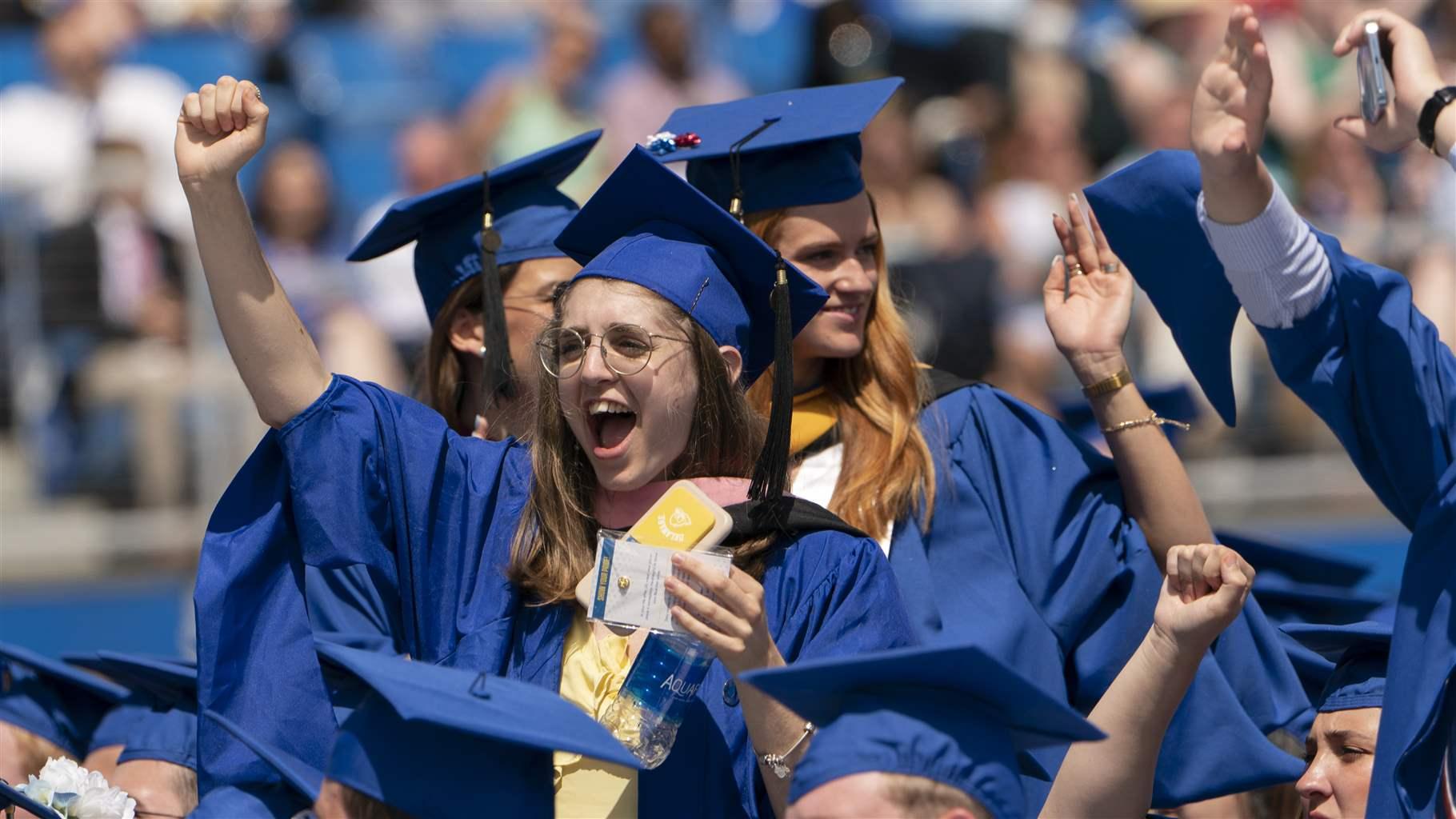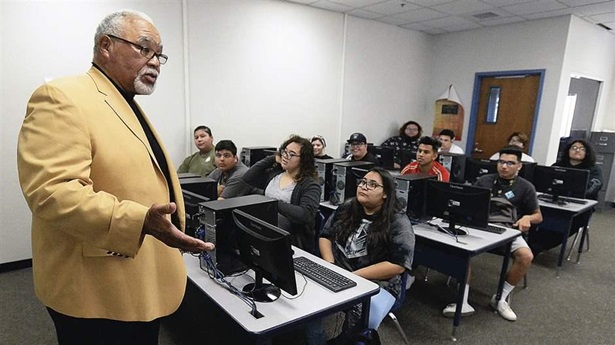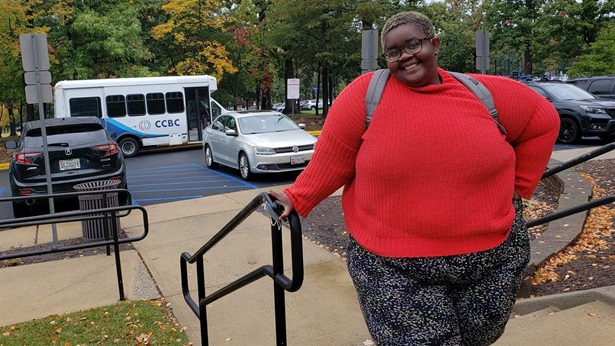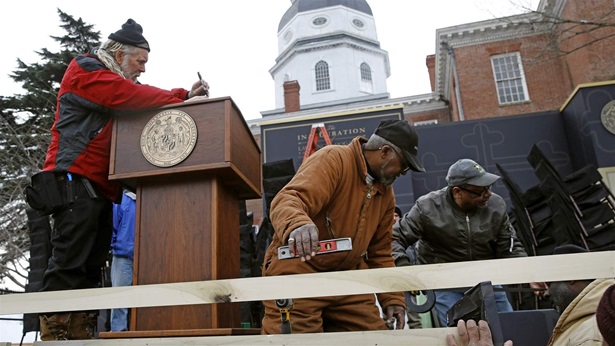Some States Open College Savings Accounts for Every Newborn

States, cities and community groups that offer free money to families to jump-start college savings face a dilemma: The families most in need often fail to sign up.
To solve the problem, some states have transformed the accounts into automatic programs that help all families — especially the disadvantaged — imagine a college future for their kids and save for it.
The moves come at a time when even relatively affluent families are struggling to afford college. Adjusted for inflation, the average cost of tuition, housing and fees at public U.S. colleges and universities increased by about 64% between the 2000-2001 and 2020-2021 academic years, from $13,005 to $21,337, according to the National Center for Education Statistics.
California in August formally launched CalKIDS, the nation’s largest children’s savings account program. CalKIDS will automatically set up college savings accounts with initial deposits of up to $100 for every baby born in California on or after July 1, 2022. In addition, it will make a deposit up to $1,500 for each of the 3.4 million low-income public school students in first through 12th grade.
“The message from the state of California is: Not only do you matter, but every child deserves the right to pursue higher education in the state of California,” Julio Martinez, executive director of ScholarShare Investment Board, which oversees California’s ScholarShare 529 program, said in an interview. The state hopes families receiving CalKIDS seed deposits will open ScholarShare accounts to contribute to their children’s college savings.
“We are trying to create a college-going culture that is inclusive to all in a manner that is equitable, especially for the underserved and underrepresented in higher education,” said Martinez, a principal architect of CalKIDS.
Since 2013, at least five other states — Illinois, Maine, Nebraska, Pennsylvania and Rhode Island — also have enacted automatic college savings accounts with seed deposits for every child born or adopted in the state. Nevada provides savings accounts for all kindergarten children in public school.
Universal children’s savings accounts are a complicated commitment for states as the programs are expensive, and each account can last over 20 years, requiring the state to track individual deposits, balances and disbursements over decades.
Children’s savings accounts often are structured with state 529 plans that allow parents or family members to save for higher education in tax-advantaged accounts. More affluent families typically have more resources to put into 529 plans.
Children’s savings accounts, also called children’s development accounts, involve an initial or seed deposit from a sponsor – such as a state or city government, community group or foundation – and may require parents to sign up for a 529 to access the deposit.
About 1.2 million kids had children’s savings accounts in 39 states and the District of Columbia at the end of 2021, according to Prosperity Now, a nonprofit that advocates for racial and ethnic economic equity.
“We look at the gold standard program as having universal and automatic enrollment,” said Shira Markoff, a policy fellow at Prosperity Now.
In 2013, Maine became the first state to make a universal children’s savings program automatic, several years after the private Alfond Scholarship Foundation began giving $500 to every newborn in Maine whose parents opted in. Maine found having to opt in was a barrier to participation.
Since then, 36% of Maine families that received a grant also have opened 529 accounts for their children, and 73% of those families have contributed to the accounts, said Colleen Quint, president and CEO of the Alfond Scholarship Foundation.
“That’s a much higher rate than before the program became automatic,” she said. “Part of our model is to start at birth. It’s really important to have an impact on families. It says someone else values my child and cares about my child.”
While Maine has a private foundation to foot the bill, other states struggle with how to pay for automatic children’s savings accounts.
“The main challenge a state faces is where is the money going to come from?” said Julie Peachey, deputy state treasurer for consumer programs in Pennsylvania. “From a political perspective, it helps if every child gets it and it’s not taxpayer money.”
The Pennsylvania Treasury has deposited $100 for every baby born or adopted in the state since Jan. 1, 2019, into Keystone Scholars. To encourage participation among low-income families, Pennsylvania experimented with incentives of modest additional deposits to encourage parents with low incomes to sign up for a 529 account and begin saving.
The money for Keystone Scholars comes from excess 529 fees, supplemented with philanthropic support. No taxpayer funds are involved.
‘Universality Matters’
Michael Sherraden is founding director of the Center for Social Development at Washington University in St. Louis, Missouri. Sometimes called the grandfather of children’s savings accounts, Sherraden proposed universal children’s development accounts with extra deposits for the disadvantaged in 1991.
“For long-term stability, universality matters,” he said, adding that that programs that serve families at all income levels — rather than just residents with low incomes — tend to be more popular politically.
For example, Andrea Talty, who lives near Belfast, Maine, and is a vice president at a health care company, said her state’s program encouraged her to set aside college money early.
“I’m a saver, but I wouldn’t have thought of saving the day my first daughter was born,” she said. She learned about the Alfond grant when she was in the hospital with her newborn second daughter. She has enrolled her three children, now 9, 12 and 15, in Maine’s 529 plans and saves regularly.
“The cost of education isn’t affordable for anyone,” she said. “Everyone needs to take advantage of every program available.”
A primary focus of automatic children’s savings accounts is families with lower incomes who may not think higher education is in their children’s future.
“California is telling our students that we believe they’re college material – not only do we believe it, we’ll invest in them directly,” Democratic Gov. Gavin Newsom said in August when he announced the launch of CalKIDS.
California will enroll the child, open the savings account and fund the initial deposit without parental involvement. However, it will offer incentives of additional financial deposits to parents to register online and begin making their own deposits at brick-and-mortar banks.
Other states also are using children’s savings accounts to close the inequality gap while maintaining universality. Illinois Democratic Gov. JB Pritzker signed an education package in June that includes a provision allowing the state to deposit, if funds are available, more than the $50 per baby authorized in the original Children’s Savings Program for babies born in financially insecure households starting in January 2023.
But Wisconsin lawmakers this year failed to bring to a vote a bipartisan bill that would have established a 401(K)ids program, like an IRA with modest state-funded deposits for every baby in the state. The savings could have been used to pay for higher education, buy a first house, set up a business or fund a future retirement plan.
The bill failed to gain support in the state Senate after state agencies said it would be too difficult to administer such a complicated plan, the bill’s co-sponsor, Wisconsin state Rep. Evan Goyke, a Democrat, said in an interview.
“I will reintroduce it,” Goyke said. “But we need to make some changes.” He is considering whether to limit savings’ use to higher education.
Savings Won’t Cover the Tab
Pennsylvania’s Keystone Scholars tells families if they put just $25 a month into a 529 plan account starting when the baby is born, then by age 18, the savings could grow to $10,000.
Proponents of children’s savings accounts say they are not intended to cover the full cost. Instead, the goal is to instill something more elusive: hope and ambition.
“Children’s savings accounts give people some grounds for believing they can change their future,” said William Elliott III, a professor of social work at the University of Michigan and author of “Making Education Work for the Poor: The Potential of Children’s Savings Accounts.”
His research found that children with savings accounts in their names are three times more likely than other children to pursue higher education and four times more likely to graduate from college than other children.
Accounts can provide a young person with “tangible hope”— the belief they are in control of their future, Elliott said in an interview.
Elliott, who grew up in poverty in Pennsylvania, remembers when a dad in his struggling neighborhood announced he was saving for his son’s college.
“We all thought of that kid differently after that. He was going to college,” Elliott said.
Similarly, a college savings account “changes the way kids think of themselves, and the way others think of them,” he said.
CalKIDS has roots in San Francisco’s K2C program that Newsom, who was mayor at the time, started in 2011. K2C stands for Kindergarten to College, which starts savings accounts with $50 for every child entering kindergarten in San Francisco public schools. Children and families receive incentives for their deposits.
“I don’t think anyone at all imagines we can finance every kid’s education costs. That was never part of the original idea,” said San Francisco city treasurer José Cisneros. “Our program is trying to build aspirations.”
Thailyah Miller is a 17-year-old high school senior in San Francisco with big dreams. She intends to be the first member of her family to attend college — her dream college is the University of Southern California — and to become a physician assistant.
She knows tuition, fees and living expenses at USC top $85,000 per year (though the school waives tuition for U.S. families with incomes of $80,000 or less), but her grandmother, who adopted and raised her, also started her K2C account, to which Miller has contributed. It now has about $500 in savings, she said.
“That won’t even pay the fees” at USC, she said in an interview, “but you have to start somewhere.”
Miller’s grandmother died earlier this year of a heart attack, and she is living with an aunt. She faces her obstacles with realism.
“I’m grateful for the opportunity for scholarships,” she said, and she may take out student loans. “I’ve come too far not to invest in myself.”


